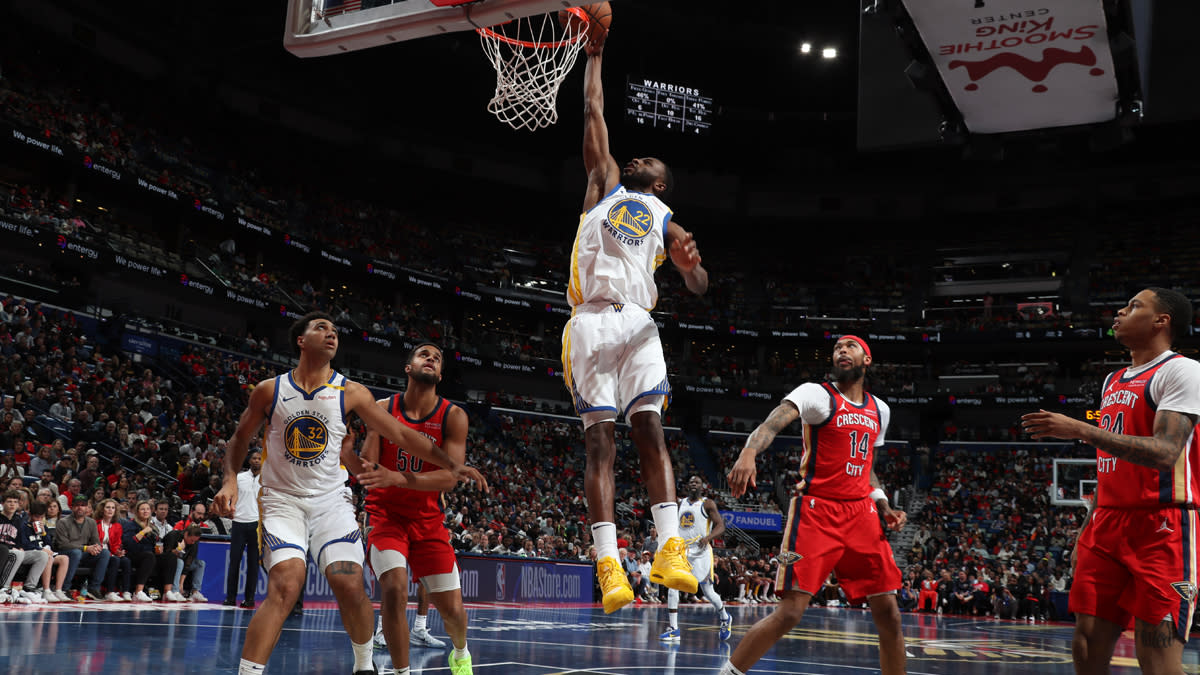Subsidized vs. unsubsidized student loan: What’s the difference?

Robert ‘Bob’ Powell breaks down subsidized and unsubsidized federal student loans as part of Decoding Retirement’s special segment, Ask Bob. Anne Ackerly, BlackRock’s senior advisor on retirement, joined Robert ‘Bob’ Powell on Decoding Retirement to discuss the looming retirement crisis, the role of stocks in retirement planning, strategies for turning assets into income, and more. Question: What is the difference between a subsidized and unsubsidized federal student loan? Answer: The main difference between subsidized and unsubsidized federal student loans is who pays the interest while the loan is outstanding: With subsidized loans, the federal government pays the interest while the student is enrolled at least half-time, during deferment, and during a grace period. This means that the amount borrowed as a freshman is the same amount that needs to be repaid when the student graduates. With unsubsidized loans, the student is responsible for paying all interest from the time the loan is disbursed until it is paid in full. This means that the balance of the loan increases immediately, and the student should consider making at least the monthly interest payments. If you’ve got questions about money or retirement, email us at AskBob@yahoofinance.com. Retirement planning doesn’t mean locking up your money for a rainy day and forgetting about it. Planning your future means reacting to events today. Decoding Retirement gives you the tools to navigate the years ahead, and take action now! Yahoo Finance’s Decoding Retirement is hosted by Robert Powell, and produced by Zach Faulds. Find more episodes of Decoding Retirement at https://finance.yahoo.com/videos/series/decoding-retirement. Thoughts? Questions? Fan mail? Email us at yfpodcasts@yahooinc.com. Editor’s note: This post was written by Zach Faulds.









